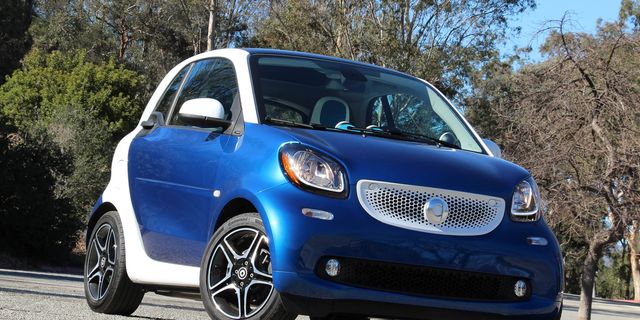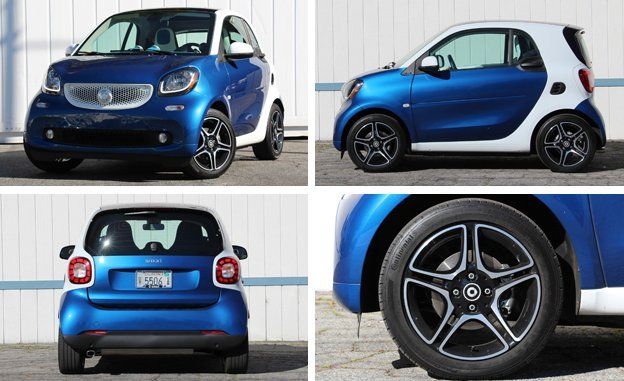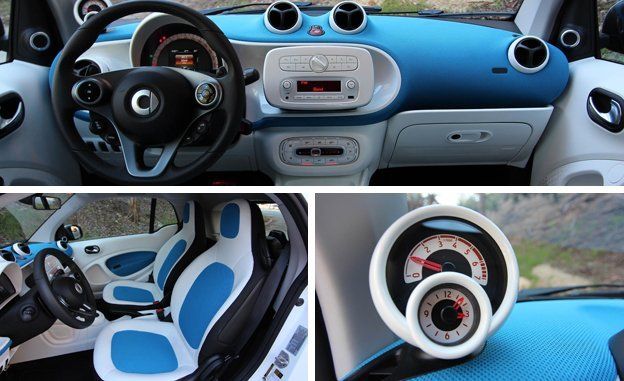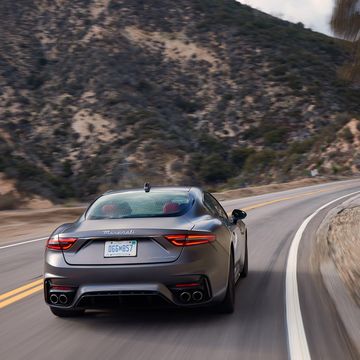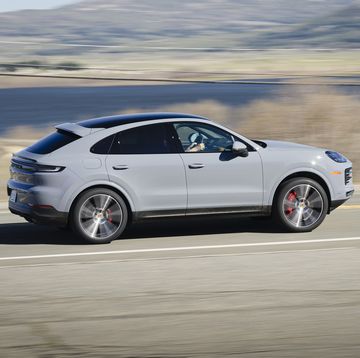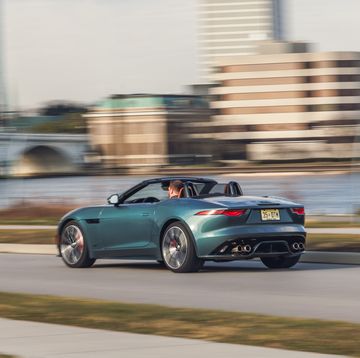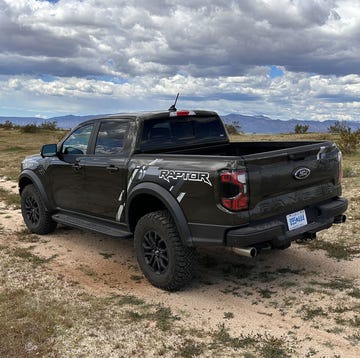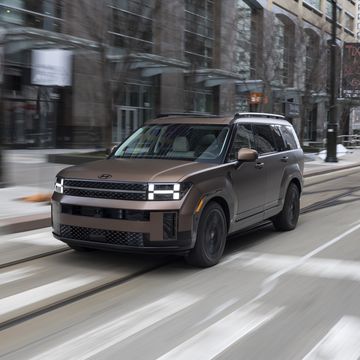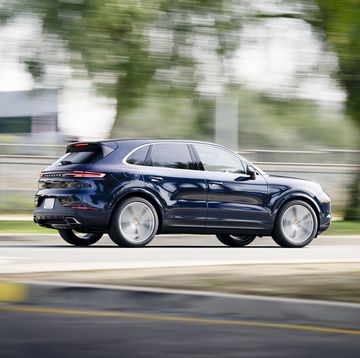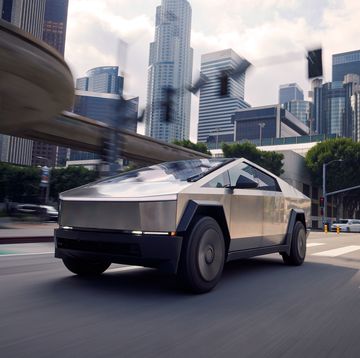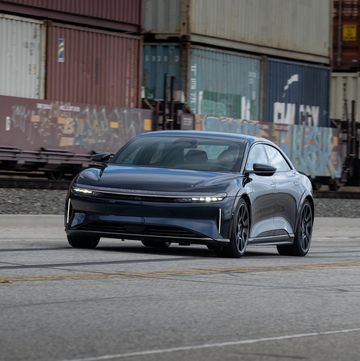Driving a Smart Fortwo is an eye-opening excursion into the “might makes right” psyche of the average motorist. If any car inspires bullying, it’s the Smart Fortwo. No one lets the tiny Smart merge or even change lanes. Every stoplight becomes an impromptu drag race, even though you’re just minding your own business. It quickly becomes apparent that no one wants to get stuck behind a Smart. Bicycles get more respect.
Few other drivers will recognize that this third-generation Fortwo, radically better than the second generation (the U.S. never got the first), is far less likely to clog the traffic flow. The escape-pod design theme, the tiny 106.1-inch length that inspires creative parking, and the two upright seats are unchanged. So while Smart is sticking to its half-car philosophy, plenty of improvements have been made under the skin. A new 898-cc turbo three-cylinder makes 89 horsepower and 100 lb-ft of torque and replaces the old Mitsubishi-sourced 1.0-liter triple that made 70 horsepower and 68 lb-ft. Mounted just in front of the rear wheels, the world’s angriest popcorn popper strains its little guts to move 2203 pounds of Smart.
The Fortwo’s mass (up nearly 400 pounds on the 2008 model we tested) still challenges the drivetrain, but acceleration is vastly improved. We say that not only because 9.9 seconds to 60 mph is a giant step beyond the original car’s 14.4-second crawl, but also because the experience is far less painful. The transmission now changes gears without leaping and lurching forward thanks to the optional ($990) dual-clutch six-speed automatic transmission (a five-speed manual gearbox is standard). The previous Smart’s standard five-speed automated manual shifted with all the competence and speed of a student driver just learning to use a stick; jerky and slow, it was the Fortwo’s worst feature.
Smart has kept the Fortwo’s best traits intact. An enormous windshield and a high seating position give the driver a buslike view forward. Legroom and headroom are plentiful, and the two front seats are comfortable and supportive, even if the driver and passenger are nearly shoulder to shoulder. And it’s probably important to some hard-core fans that it still looks like a cartoonist’s rendering of a car. Our test car was the top trim level, called Proxy. It arrived with a glossy white interior trimmed in blue fabric, reminding us of the original iMac from 1998. It also comes with heated seats, ambient lighting, automatic climate control, a glass roof, and a JBL audio system.
When you’re in this new Smart, it’s easy to forget how tiny is the car that surrounds you. On glass-smooth freeways, it tracks straight ahead, and it’s not as susceptible to crosswinds as its size and shape might suggest. Around town, the Fortwo is nimble and easy to maneuver. It has a 22.8-foot turning radius; it can turn around in the width of two traffic lanes. While the 73.7-inch wheelbase contributes to the tight turning circle, it also induces brake dive—the Smart leans hard on its front wheels under extreme braking—and it causes the Fortwo to have a nervous and rough ride.
In many ways, the Fortwo is half a car; so you might expect the fuel economy to be double that of the average subcompact. But the EPA estimates you’ll get 34 mpg in city driving and 39 on the highway. We managed 30 mpg driving just over 100 miles, nearly all of it in city conditions—and Smart recommends premium-grade fuel. We’d be willing to overlook the packaging compromises—the lack of a rear seat, for example—if the Smart could go 60 miles on a gallon, but it can’t.
An even more upsetting number is the $20,570 price of our Proxy test car. Granted, that number is for a fully loaded Fortwo, and as this is written Smart is offering $1000 to $1500 in incentives. If we found ourselves irrationally smitten by the design and the size of the Smart, we’d try to find one closer to the $15,400 base price. But even at that, you’d have to forgo far more practical cars, including the Chevrolet Sonic, Ford Fiesta, Hyundai Accent, Kia Rio, Nissan Versa Note, and Toyota Yaris. Unless the length of a car with a back seat is a liability to you, there’s really no reason to go with the Smart. Why buy half a car at full-car prices? Maybe that’s why it gets no respect in traffic.
Specifications
Tony Quiroga is a 20-year-veteran Car and Driver editor, writer, and car reviewer and the 19th editor-in-chief for the magazine since its founding in 1955. He has subscribed to Car and Driver since age six. "Growing up, I read every issue of Car and Driver cover to cover, sometimes three or more times. It's the place I wanted to work since I could read," Quiroga says. He moved from Automobile Magazine to an associate editor position at Car and Driver in 2004. Over the years, he has held nearly every editorial position in print and digital, edited several special issues, and also helped produce C/D's early YouTube efforts. He is also the longest-tenured test driver for Lightning Lap, having lapped Virginia International Raceway's Grand Course more than 2000 times over 12 years.
